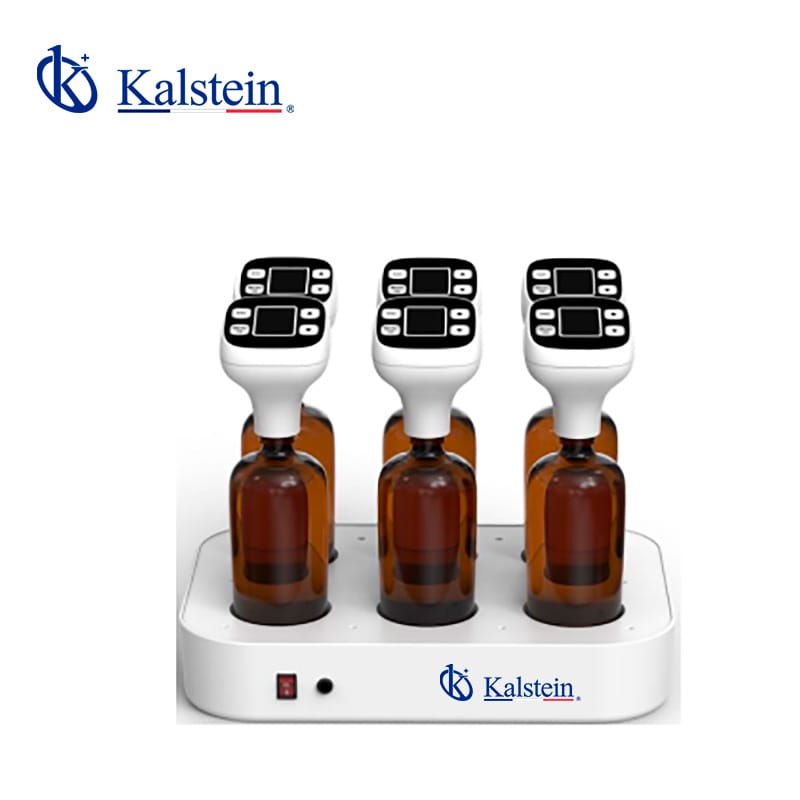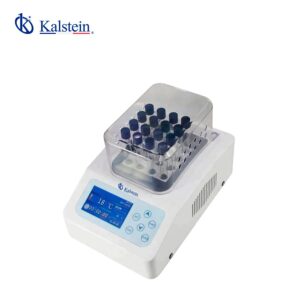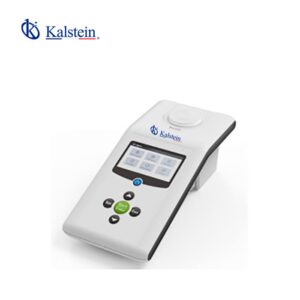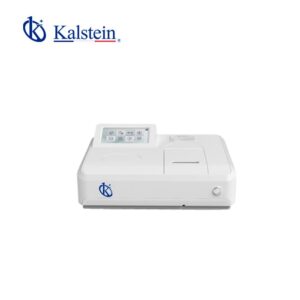Description
The BOD Analyzer YR06297 is engineered to deliver precise measurements of Biochemical Oxygen Demand (BOD) using an international mercury-free pressure difference method, ensuring accuracy and environmental safety. This sophisticated device is equipped with six independent analysis channels, allowing it to handle six samples simultaneously without interference. Its real-time monitoring capability provides continuous insight into the testing process, while its full automation feature means that laboratory personnel do not need to oversee the measurements constantly. All data is automatically recorded, with detailed curve analyses generated and stored for future review.
Market Pricing
The BOD Analyzer YR06297 is positioned in the market with a competitive price range, typically between $3,500 and $4,500 USD, depending on configuration choices and additional optional features. This allows laboratories to select the most suitable model for their needs and budget. For more tailored pricing and financing possibilities, you are encouraged to explore the Kalstein Plus platform where detailed quotes can be automatically generated.
Frequently Asked Questions
What is the testing range of the YR06297 BOD Analyzer?
The testing range spans from 0 to 4000 mg/L, accommodating a wide variety of sample types.
How long do tests take with this device?
Test duration can vary significantly, ranging from 1 to 30 days, largely dependent on the specific requirements of each sample.
How many samples can it handle simultaneously?
This analyzer can process up to 6 samples at the same time, making it highly efficient for busy labs.
Advantages and Disadvantages
Advantages:
- Precision and Reliability: Harnesses a mercury-free method to offer precise results.
- Full Automation: Reduces the need for constant supervision, enhancing productivity.
- Real-Time Monitoring: Provides ongoing results and analysis during tests.
- Data Storage: Capable of saving up to 20 sets of final test data and detailed process insight.
- Wireless Printing: Simplifies result documentation with wireless capabilities.
Disadvantages:
- Initial Cost: May present a higher upfront investment for some smaller labs.
- Extended Test Duration: Some tests may require up to 30 days, potentially delaying outcomes for urgent analyses.
Field Application
The YR06297 BOD Analyzer is ideally suited for settings such as environmental laboratories, wastewater treatment facilities, and research centers that require accurate measurements of biochemical oxygen demand. Its simultaneous multi-sample capability and automation features make it an excellent choice where precision and efficiency are prioritized. The device’s comprehensive data collection and curve analysis functions significantly enhance monitoring accuracy and informed decision-making.
Recommendations
To ensure optimal performance from the YR06297 BOD Analyzer, adhere to regular maintenance as indicated in the manufacturer’s guidelines. Staff should be adequately trained on all functionalities of the equipment. Using high-quality reagents is essential for achieving the best results. Additionally, leverage the storage and wireless printing features for effective data management and analysis. For detailed information and to request a quote, visit the Kalstein Plus platform to learn more about pricing and financing opportunities. Enhance your laboratory’s precision and efficiency with the YR06297 today!
Features
- International mercury-free pressure difference method
- Handles 6 samples simultaneously with independent channels
- Full automation with real-time monitoring and data recording
- Wireless printing and extensive data storage capabilities
Technical Specifications
| Model | YR06297 |
| Test Range | 0-4000 mg/L |
| Test Error | It meets the accuracy testing standard for water quality BOD5 (glucose glutamic acid standard solution BOD5=180-230mg/L) |
| Test Duration | 1-30 days |
| Test Quantity | 6 pieces |
| Recording Interval | 24 minutes -12 hours/time |
| Storage quantity | Detailed data: Save the BOD values and biochemical reaction curves of the latest set of analytical samples. |
| Historical data: Can save 20 sets of final test data. | |
| Culture flask solvent | 580ml |
| Culture temperature | 20 ±1 °C |
| Wireless print | |
| Power | 110-220V, 50/60Hz |





